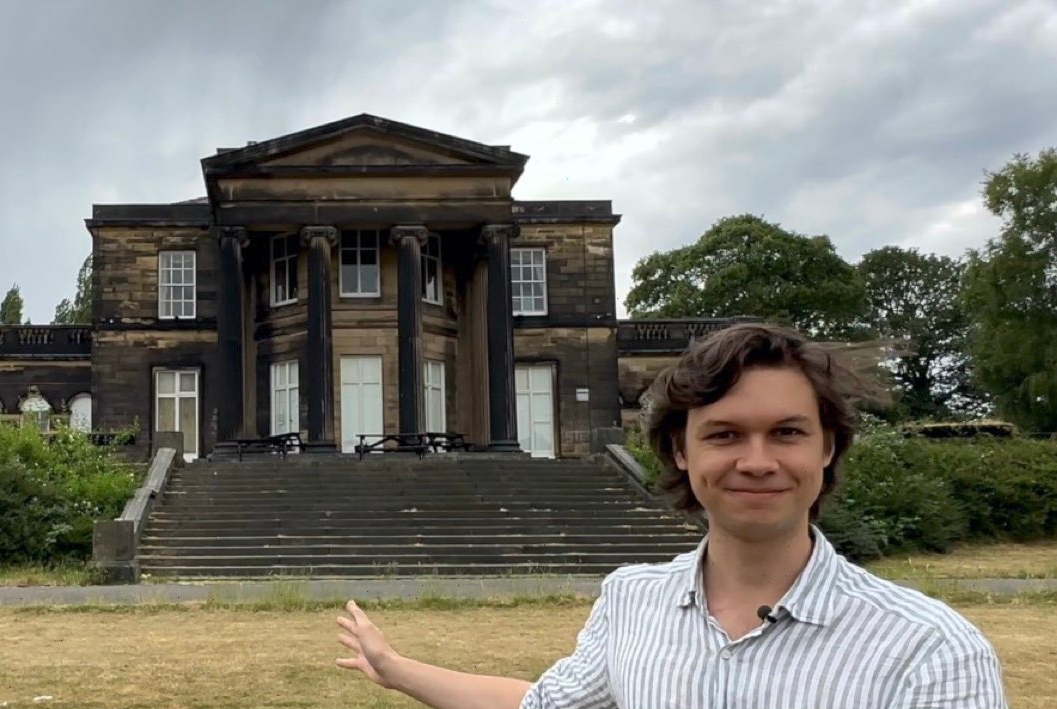Since Summer 2020, the Iron Library has been on YouTube with its own channel. Here you will find short documentary videos in which we provide insights into highlights from our holdings and the history of GF. New videos will be posted regularly.
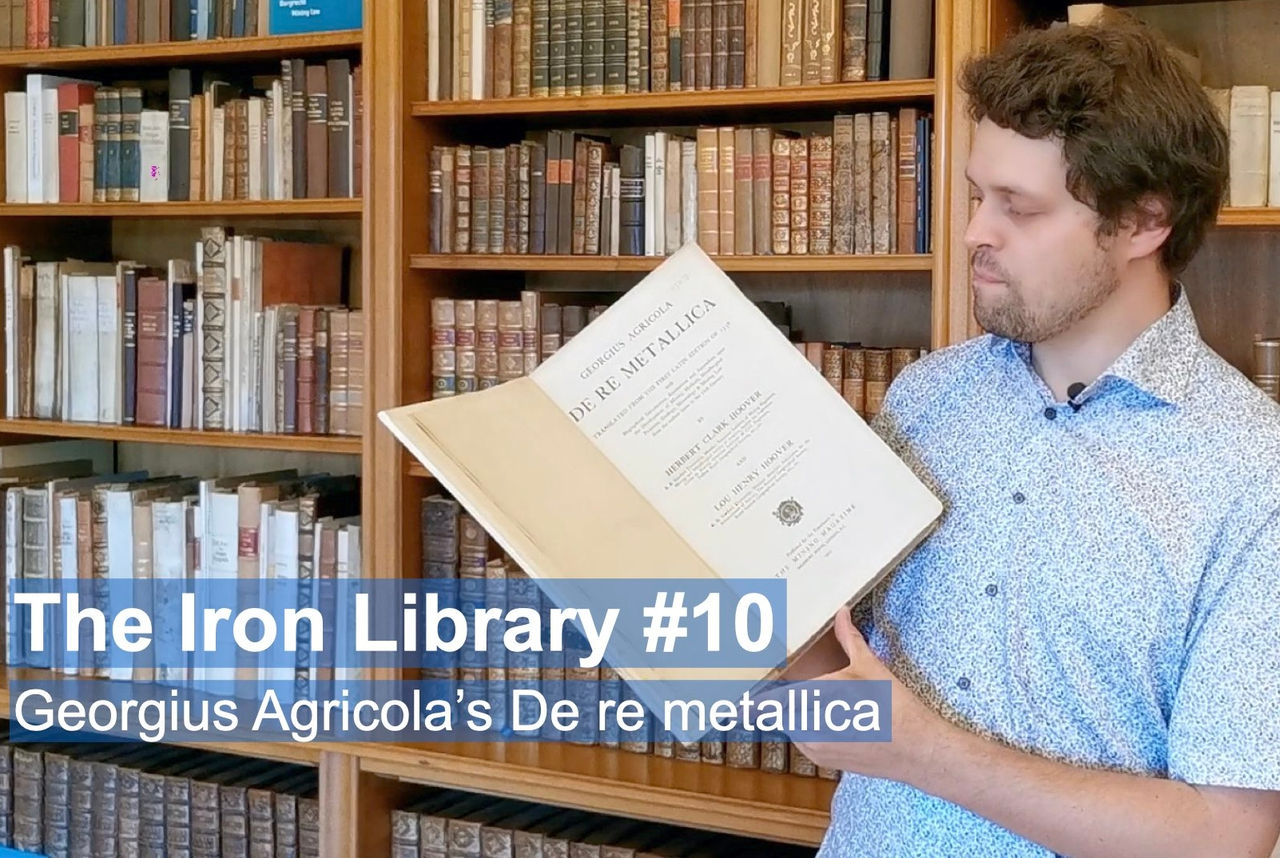
The Iron Library #10: Georgius Agricola's De re metallica
Did you know that the most important book in the history of metallurgy was published by a physician? Find out more about Agricola's De re metallica.

GF History Channel #7: Energy with a view
After the Second World War, hydropower was expanded on a grand scale. A prominent example is the Grande Dixence in the Valais. Find out how GF supplied this project and many others.
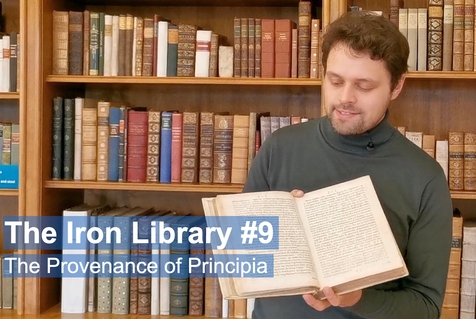
The Iron Library #9: The provenance of Principia
Isaac Newton's Principia is one of the greatest books ever published in the history of science. Find out about the fascinating provenance of the Iron Library's exemplar.

The Iron Library #8: The designs of Agostino Ramelli
Fountains, motors, retractable bridges, mills, und siege equipment.... take a closer look at this astounding and diverse collection of 16th century machine concepts.
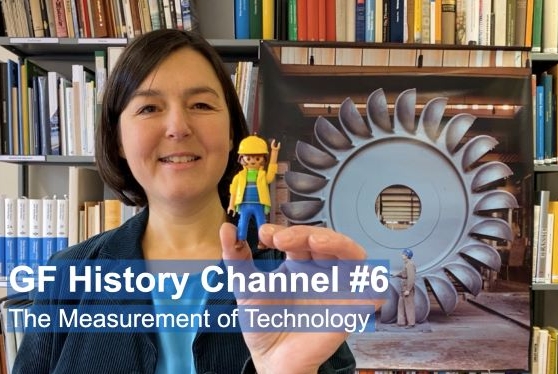
GF History Channel #6: The Measurement of Technology
How did company photographers convey the scale of pelton wheels or the forms for watch compenents? Take a journey through the fantastic world of GF's giants and dwarves.
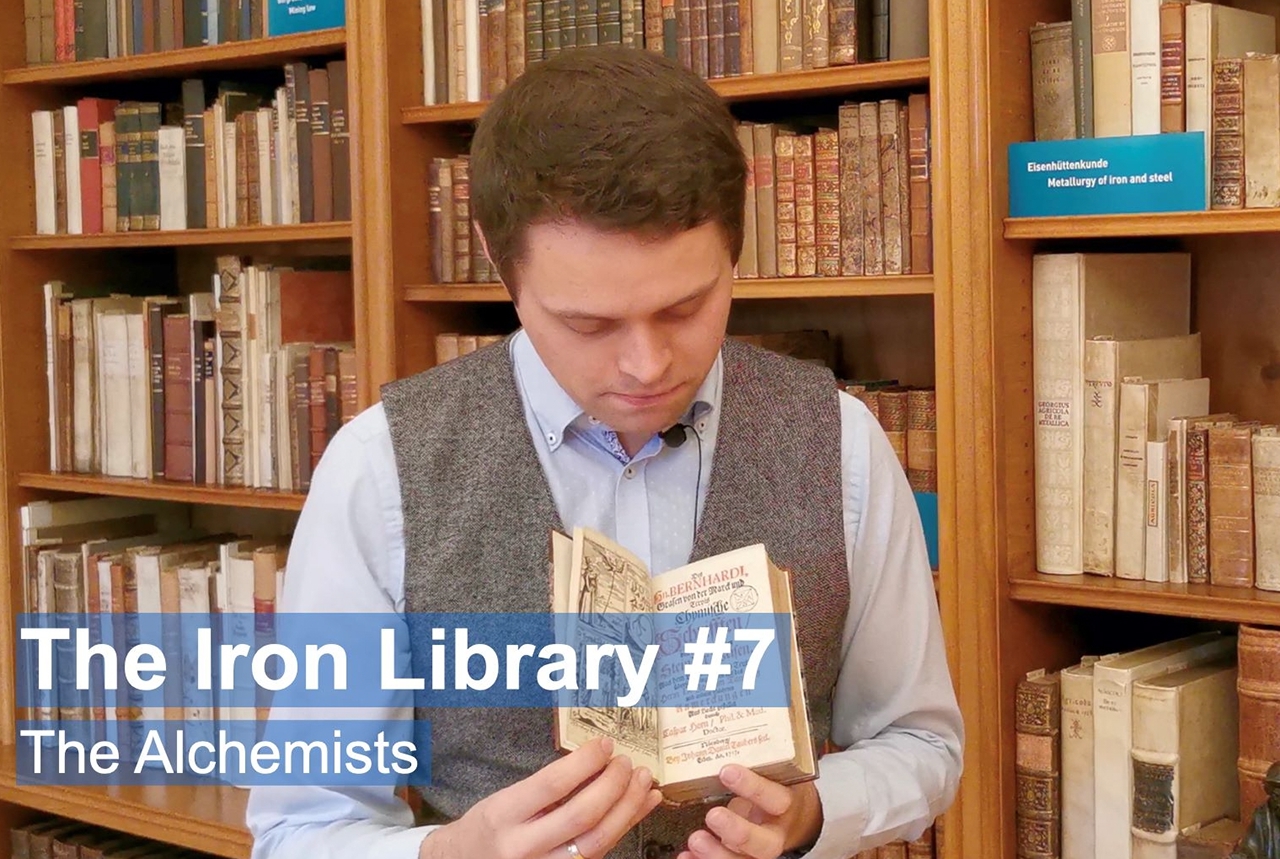
The Iron Library #7: The Alchemists
There few things so mysterious yet as well known as alchemy. Take a look at a selection of works by fictional authors and physicians in search of the one cure for all illnesses.
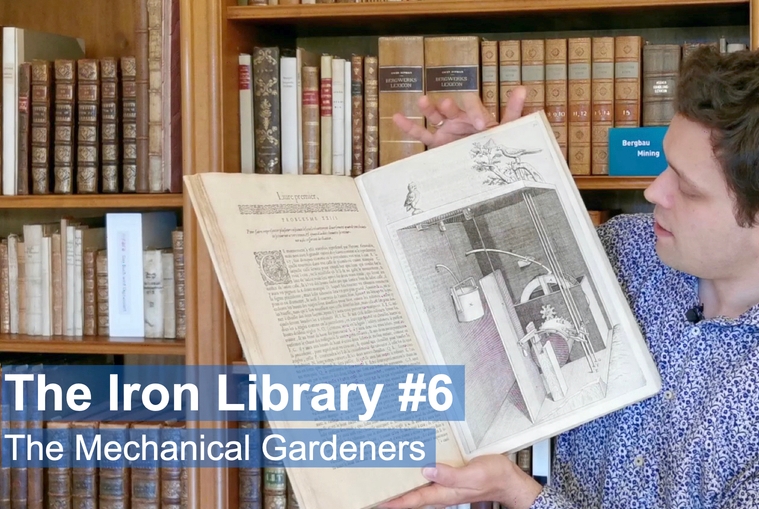
The Iron Library #6: The Mechanical Gardeners
How did two brothers use mechanics to develop revolutionary garden designs during the 17th century? Take a close look at the creations of Salomon and Isaac de Caus.
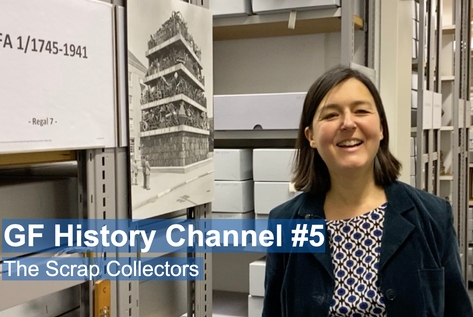
GF History Channel #5: The Scrap Collectors
Raw materials shortages during the Second World War threatened the existence of 200,000 workers in Swiss industry. Find out how this was countered through a pioneering sustainability initiative.
Item 4
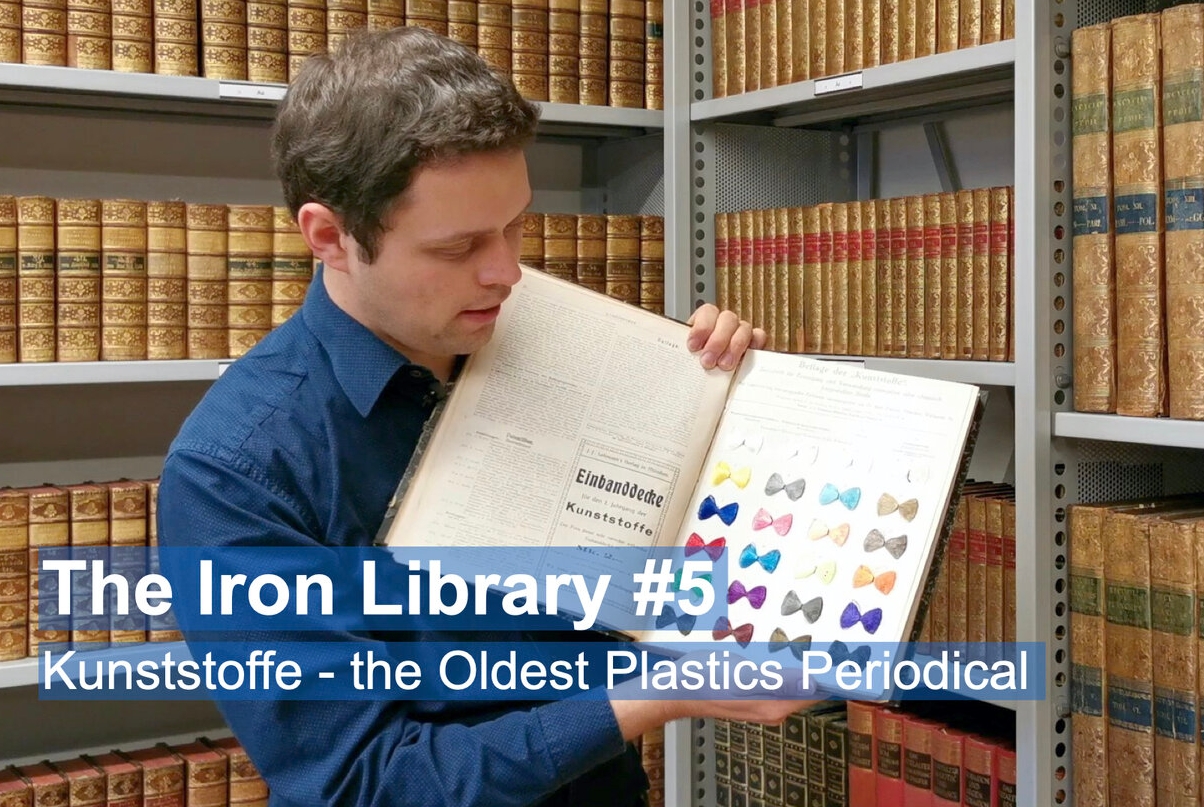
The Iron Library #5: Kunststoffe - the Oldest Plastics Periodical
First published in 1911, 'Kunststoffe' is the world's oldest periodical dedicated to the subject of polymer technology. Take a closer look at the early issues of this important publication.

The Iron Library #4: Valadier's Great Bell for the Vatican
How are bells cast as large as the Campanone, the great bell of St. Peter's Basilica in Rome? Take a close-up look at Giuseppe Valadier's unique manuscript all about this great feat.
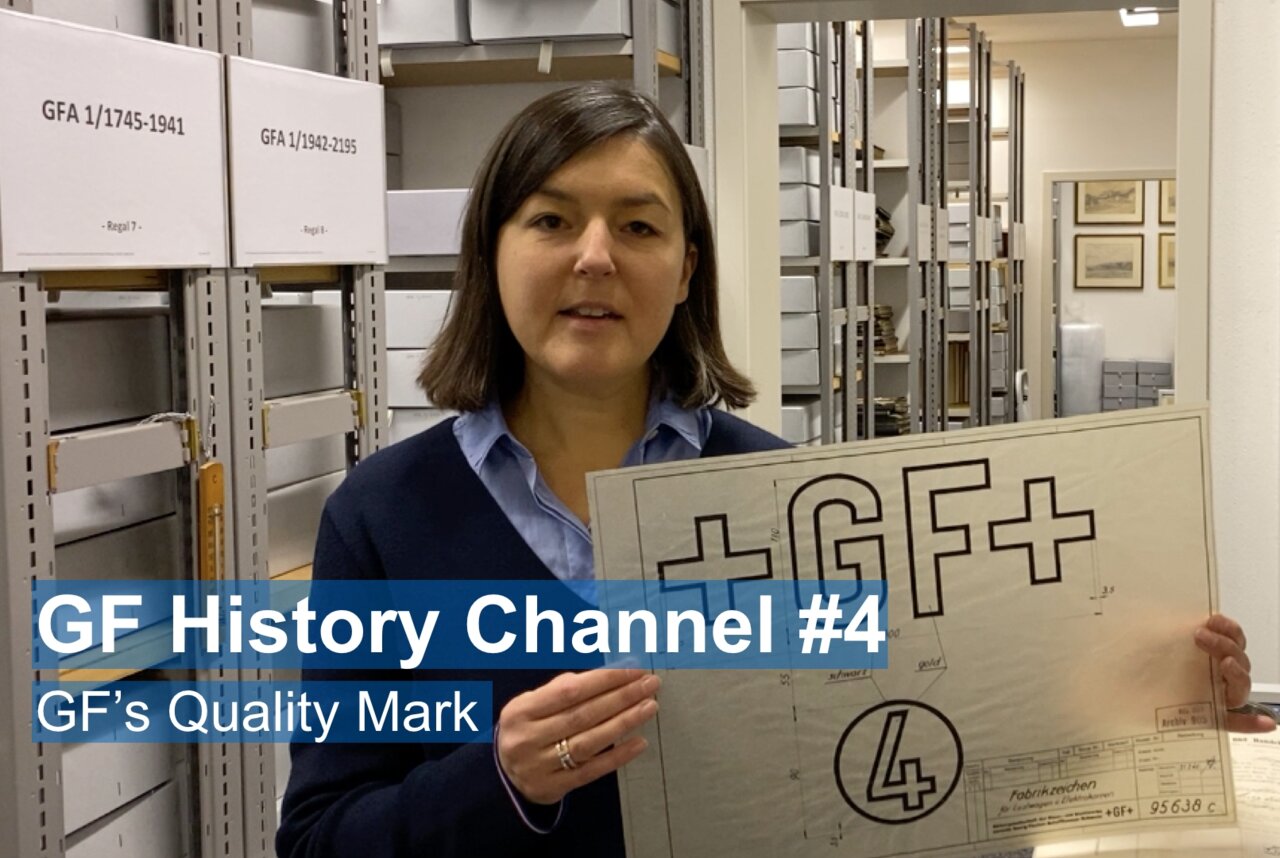
GF History Channel #3: GF's Quality Mark
Two crosses for a leading Swiss company? Find out how the world-famous GF logo came to be and which GF quality product played a very significant role in its development.
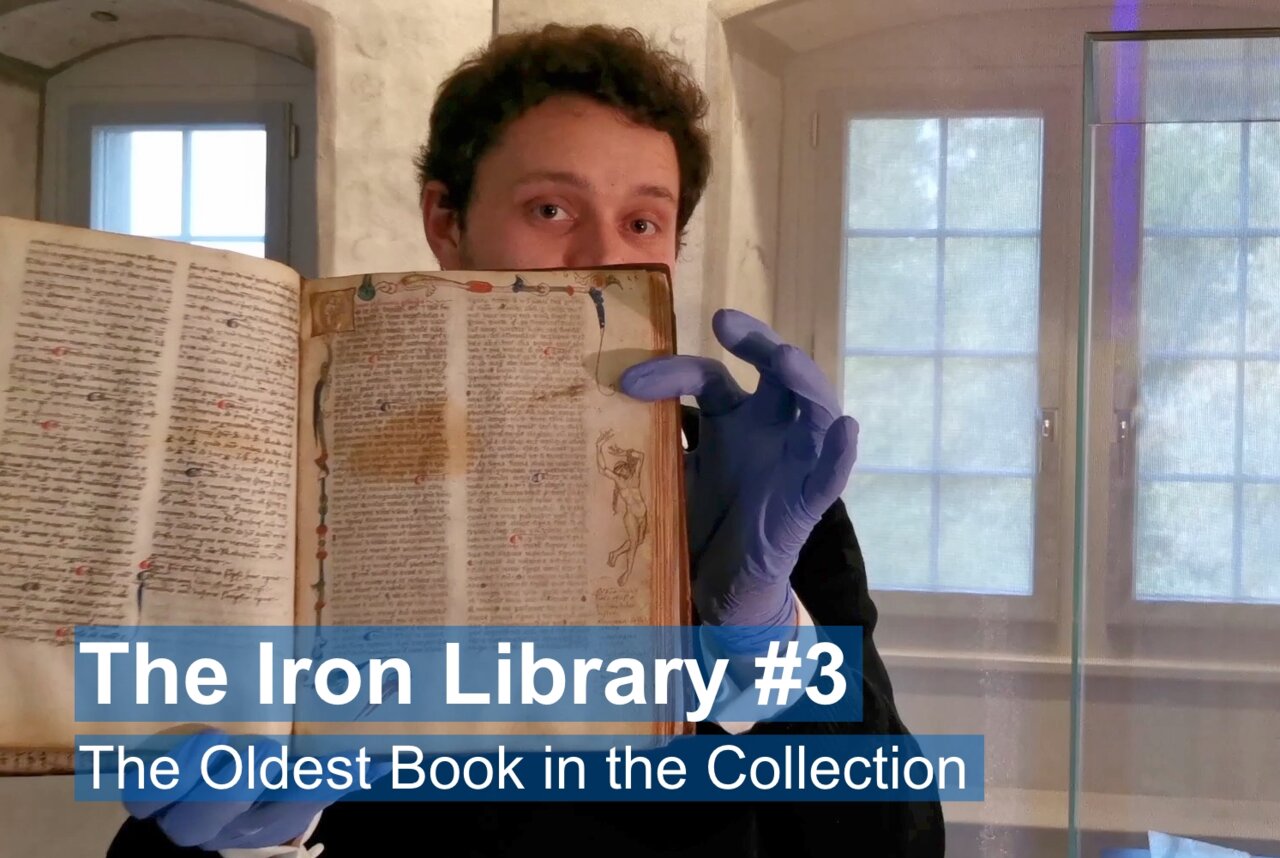
The Iron Library #3: The Oldest Book in the Collection
How old is the oldest book in the library's collection? Where is it from? Who wrote it? All these questions and more are answered in this video about our Aristotles-Albertus-Magnus-Manuscript.

GF History Channel #3: Who stands behind the name GF?
Where does the name GF come from? Franziska Eggimann explains the connections and presents the four generations of the Fischer family who influenced the GF company for a century.
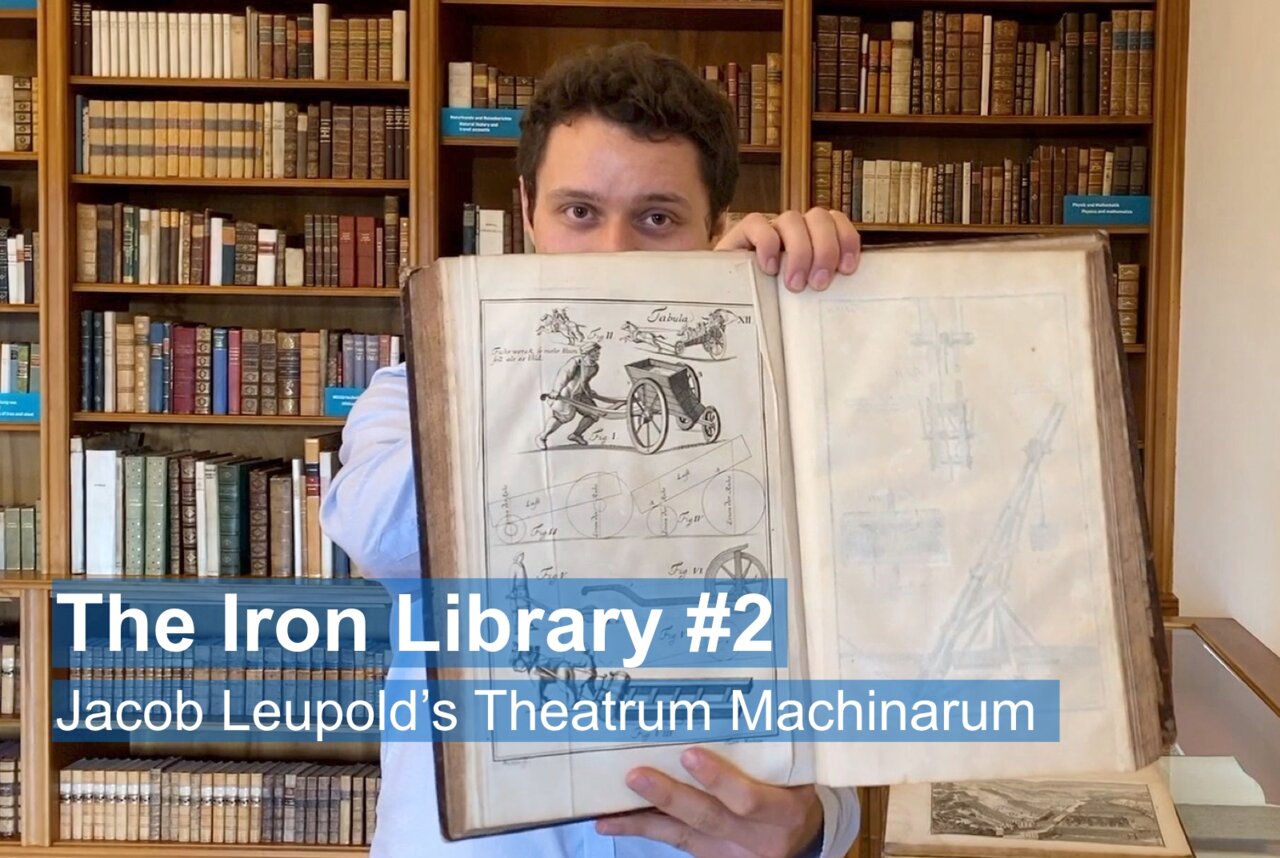
The Iron Library #2: Jacob Leupold's Theatrum Machinarum
For the second episode from the rare books collection, we take a look at one of the great encyclopedia of pre-industrial technology: the richly illustrated Theatrum Machinarum.

Interview Adrian Knoepfli: Crisis management at GF (#4/4)
During a visit to the Iron Library, economic historian Adrian Knoepfli talks about the most important crises in the 20th century and their influence on GF. Episode 4: the crisis of the 1990s.
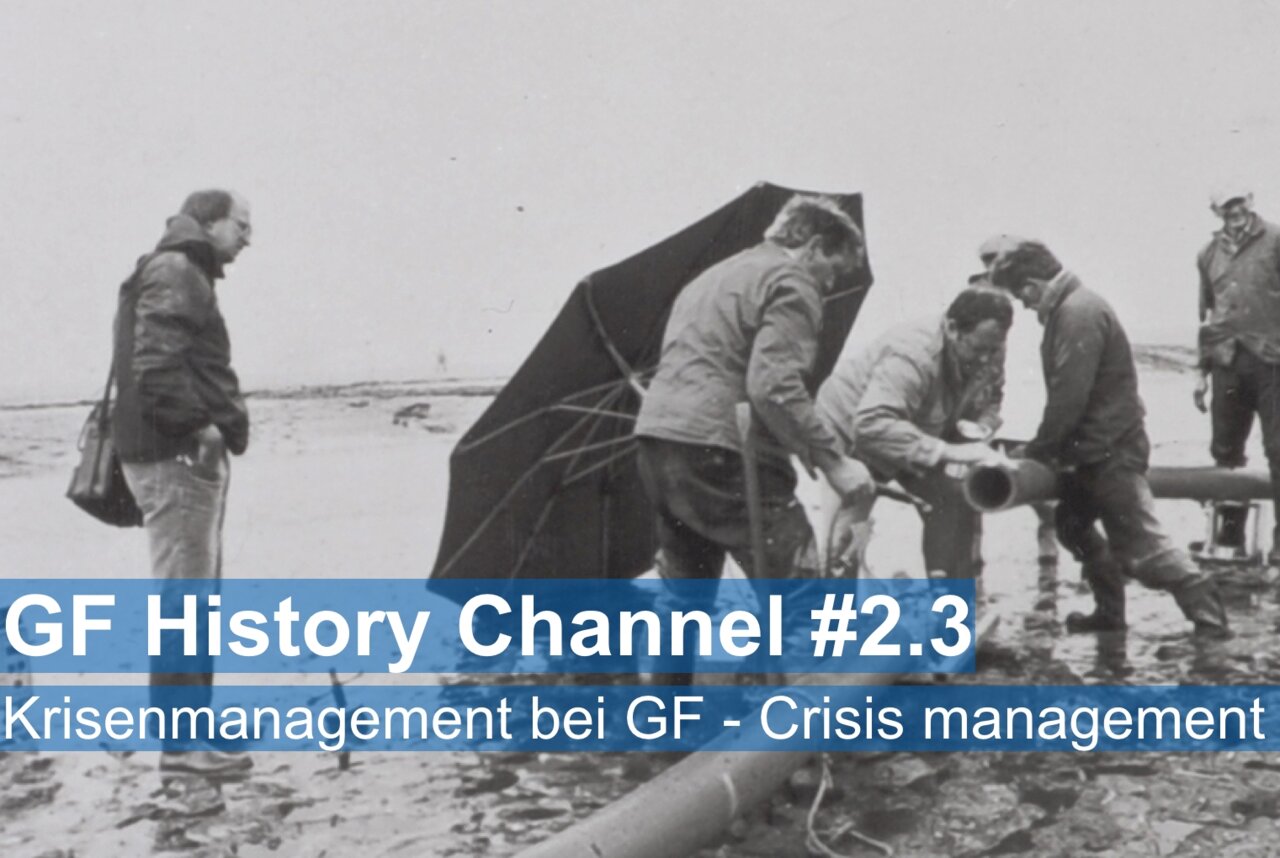
Interview Adrian Knoepfli: Crisis management at GF (#3/4)
During a visit to the Iron Library, economic historian Adrian Knoepfli talks about the most important crises in the 20th century and their influence on GF. Episode 3: the Oil Crisis of the 1970s.
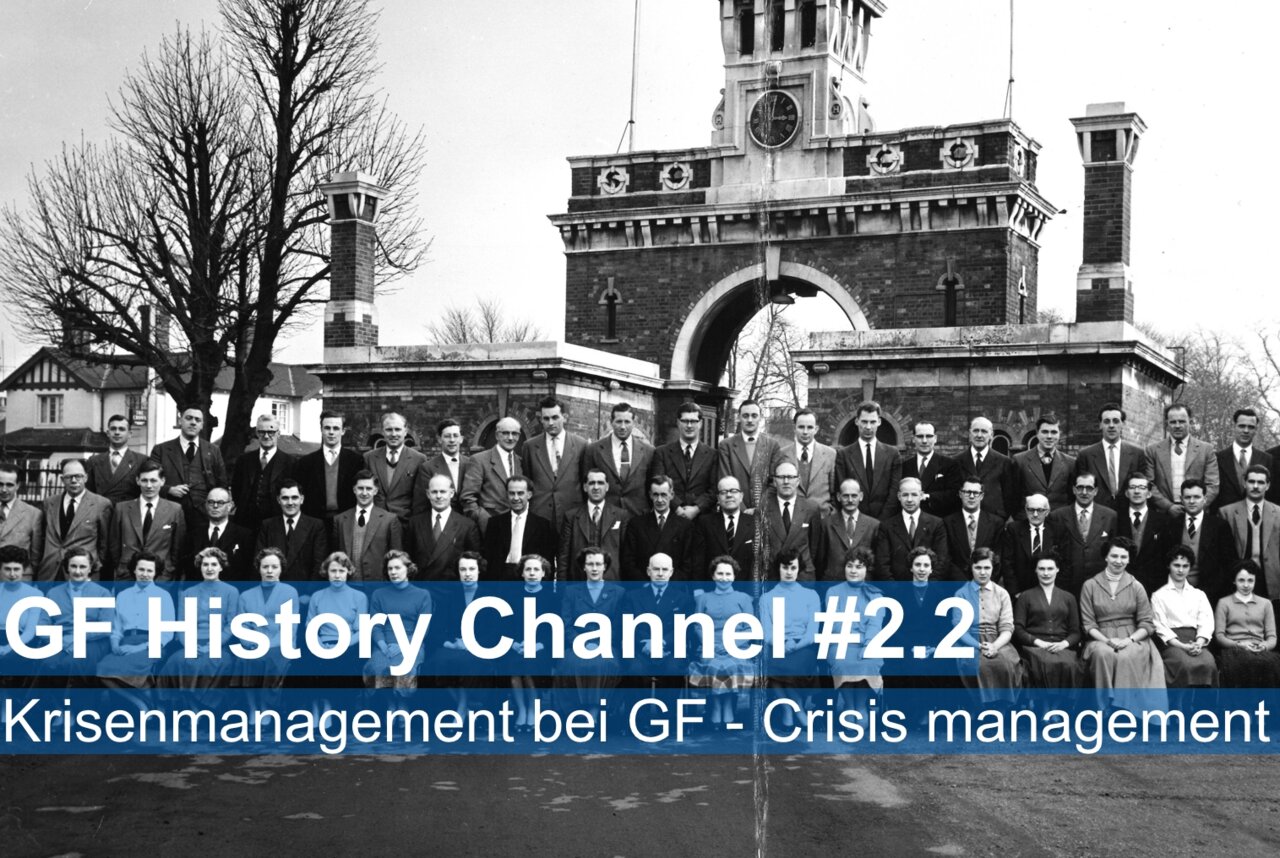
Interview Adrian Knoepfli: Crisis management at GF (#2/4)
During a visit to the Iron Library, economic historian Adrian Knoepfli talks about the most important crises in the 20th century and their influence on GF. Episode 2: the Great Depression of the 1930s.
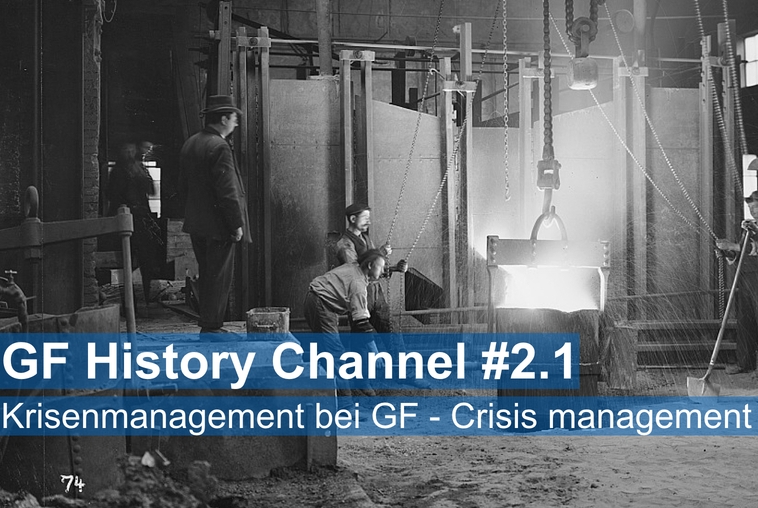
Interview Adrian Knoepfli: Crisis management at GF (#1/4)
During a visit to the Iron Library, economic historian Adrian Knoepfli talks about the most important crises in the 20th century and their influence on GF. Episode 1: 1902 - Crisis in the Machine Industry.

GF History Channel #1: Cooking against the crisis
In the first episode from the GF Corporate Archives, Franziska Eggimann explains how GF came to include an unusual product in its range and how it soon became "every housewife's dream".
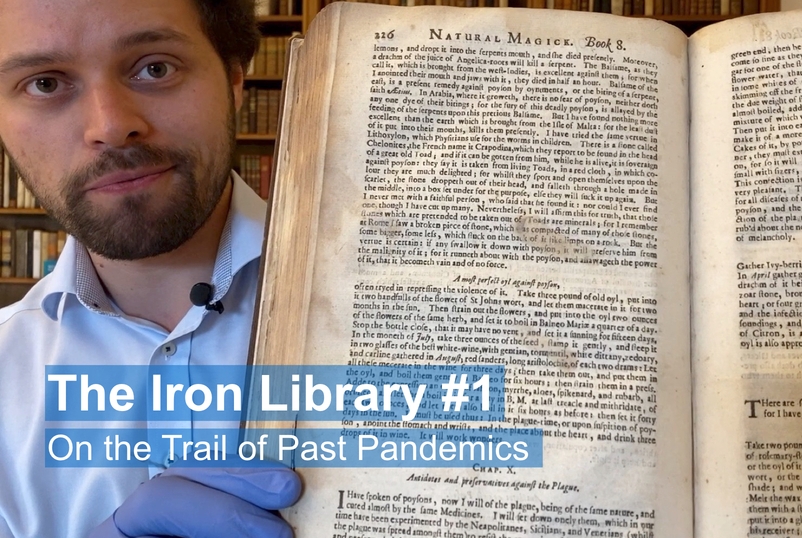
The Iron Library #1: On the Trail of Past Pandemics
For the first episode, Christopher Zoller-Blundell shows with a selection of four works what traces, literary and otherwise, past pandemics have left on the holdings.
&crop=(0,110,1262,662))
